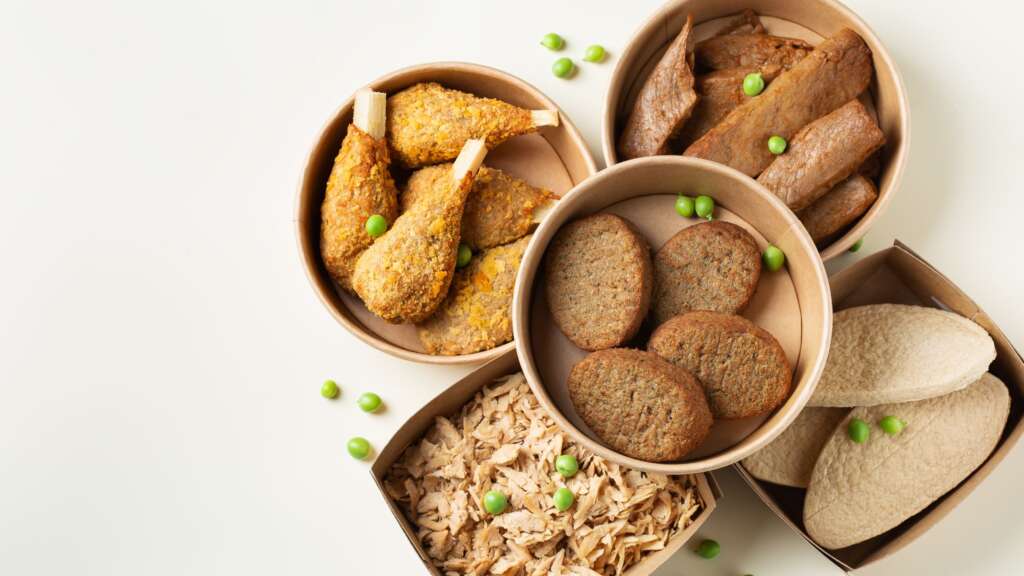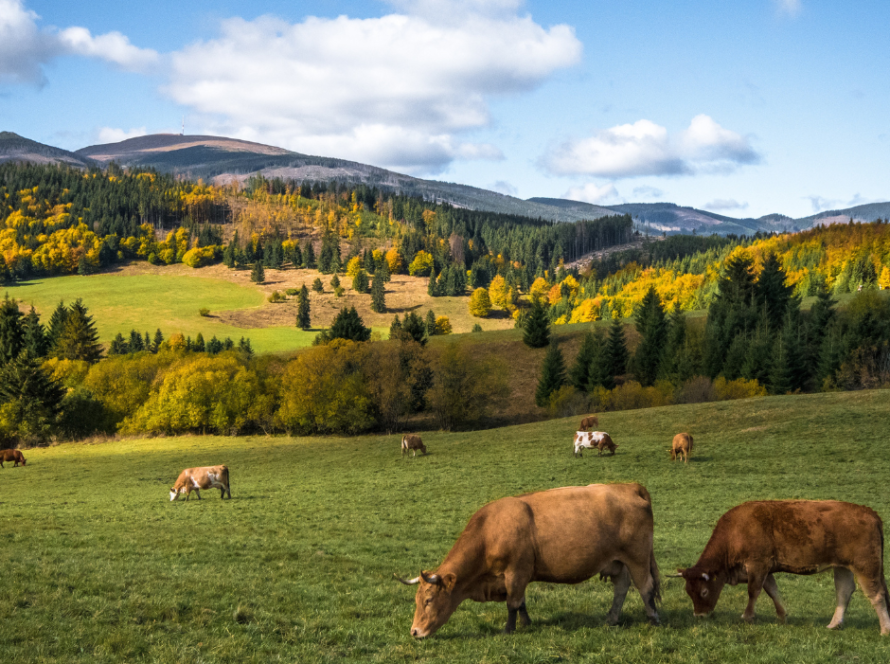Alternative proteins are an option that can be chosen for a variety of reasons: either because someone is vegan, vegetarian or flexitarian, or because you want to expand the range of food products in your diet and enjoy a greater variety when it comes to eating.
Protein is an essential element for our body to be able to perform its functions properly; for this reason, integrating a good portion of high-protein foods every day is such important for a healthy diet.
Just a few years ago, people who did not want to eat animal protein had limited options. The development of FoodTech has meant not only that the range is now wide, but also that the alternatives have evolved in terms of taste and texture, so traditional meat is not even missed; something that was not easy, given the important rol of the meat in our gastronomic culture.
We are living through a true revolution in which our food universe is expanding to respond to the multiple concerns that consumers are showing today, such as environmental sustainability, animal welfare or health. Investment and development in this area is extraordinary. And so are the results of this investment.
Three big categories
Currently, we can divide alternative protein options into three big categories: cultivated meat, plant-based proteins and insect-based proteins.
CULTIVATED MEAT is the option for those who want to eat real meat, from a cow, chicken or pig, for example, but without sacrificing the animal and also being more careful with the planet. It tastes like meat (because it is meat!) and has the same texture as traditional meat products, as demonstrated in the study led by our CTO Mercedes Vila – ‘Application of texture analysis methods for cultured meat characterisation’- that was published in the Nature Portfolio journal ‘Scientific Reports’, which by the way, is in the Top 100 of the most consulted articles in Nature Scientific Reports in 2022, standing out among more than 1600 articles.
Cultivated meat is, without a doubt, a safe and very promising option for balancing our food system and connecting in a respectful way with our environment.
With approval for its commercialization in Singapore since 2020, with important regulatory advances in the US, where the FDA has considered it safe for consumption, and with steps forward here in Europe, where we are already working on its industrial scaling, cultivated meat is a reality.
Here we explain how we obtain it!

PLANT-BASED proteins include products made from soya, legumes, nuts, cereals, vegetables and algae. In recent times, we have seen how these products have evolved, especially to achieve a taste and texture suited to consumer tastes. In this category, we find products that imitate sausages, hamburgers, nuggets, meatballs and strips for fajitas or stews, so we can integrate them as we would do with their traditional references.
Last but not least, let’s talk about INSECTS. Actually, they are already widely consumed in Eastern cultures, which are aware of their high protein value and include them in their diet on a regular basis, whether fried or boiled, eaten as a snack, as a side dish or in the form of flour. Crickets, caterpillars, beetles, grasshoppers, ants… the truth is that this option will still take time to be established in Western countries, but the FAO already recommends them for their nutritional value and environmental benefits, and the EU has begun to regulate which ones it considers fit for consumption, of which there are four so far: dung beetle larvae, mealworms, migratory locusts and house crickets.
Carrefour supermarkets have been the first to include them on the shelves of some of their stores. Also the English Selfridges. In Spain, you can find insects in the Mercado de la Boquería in Barcelona or in the online store Insectum, for example.
In the rest of the world, more than 1,900 insect species are consumed, eaten by approximately 2 billion people.
According to The Good Food Institute report about the State of the Industry, cultivated meat companies raised $896 million in 2022, bringing all-time investment to $2.8 billion. A market with enormous potential, which we are very proud to be part of with our commitment to innovation and the vision of a more sustainable world.

